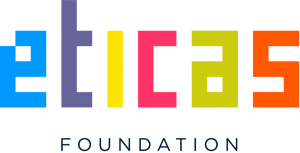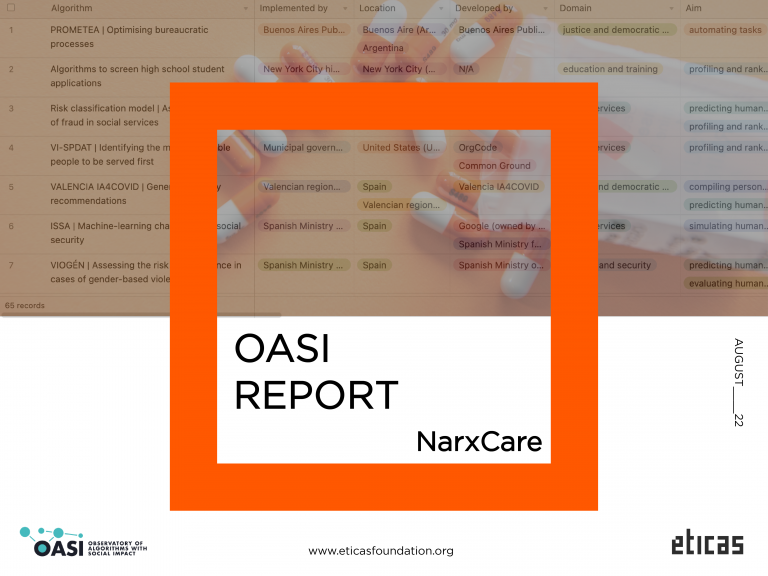
The Danish government had plans to create an automated system called ‘Gladsaxe’ that would track the status of vulnerable children and preemptively put them under state custody before a real crisis struck(Algorithm Watch 2019). The model utilized a points-based system that weighted various domestic circumstances or aspects with point values, for example, mental illness (3000 points), unemployment (500 points), missing a doctor’s appointment (1000 points) or dentist’s appointment (300 points). Danes responded to news of the system with national uproar and mockery (“Oh no, I forgot the dentist. As a single parent I’d better watch out now…” (idem)).
‘Gladsaxe’ was a part of a larger Danish governmental ‘ghetto-plan’ to fight against ‘parallel societies’. The strategy created a host of category-criteria for a ‘ghetto’ and special guidelines that would be applied against that area, such as “higher punishments for crimes, forcing children into public daycare at an early age, lifting the protection of tenants in order to privatize public housing, tearing down entire building blocks and—indeed—applying the automated risk assessment system for families with children” (idem).
In September 2018 the minister commented on the planned implementation of the system, but by December 2018 an official of legal affairs of the Liberal Alliance stated to the Danish newspaper Politiken that the proposal had been shelved (idem). Despite the abandonment of this specific program, a substantial amount of government funding in Denmark has been allocated to the area of automated social welfare risk assessment for 2018-2022.






